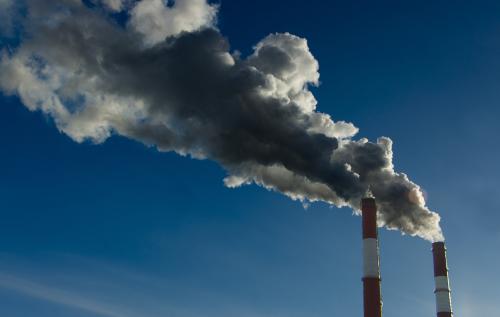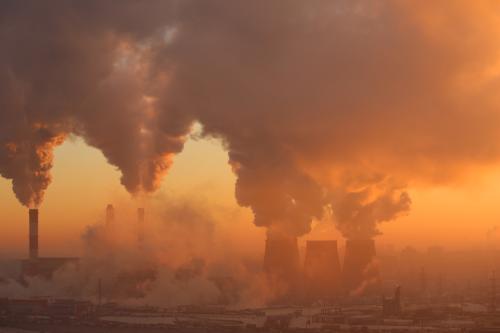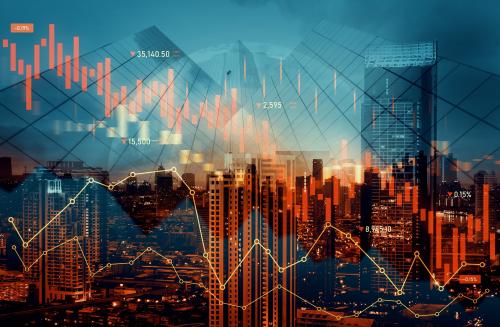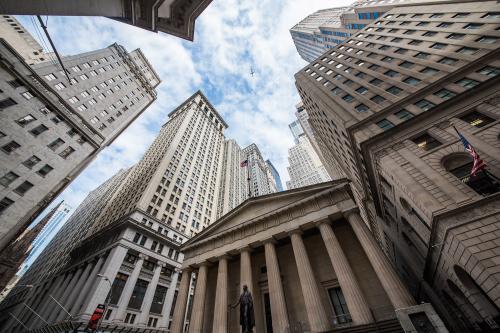This blog post is a transcript of the featured video, “What is climate risk and why does it matter?”
There is increasing evidence that severe weather events are becoming more common due to climate change. For instance, the U.S. National Oceanic and Atmospheric Administration recorded 22 separate extreme weather disasters across the United States in 2020, shattering the previous annual record.
Taxpayers and consumers often bear the costs of these disasters—and the costs add up quickly. Climate disasters cost the U.S. $95 billion in damages in 2020 alone and since 1980, extreme climate events have cost over $2 trillion. These costs show that climate change is an economic issue and a problem of risk management.
Whether you live inland or on the coast, in a small town or a big city, nearly every community, government, company and person will be exposed to some level of risk from climate change – and many already are. And these risks are finally starting to impact economic and political decision-making.
Families in flood-prone areas are beginning to see the cost of their property insurance rise. Investors and regulators are putting pressure on companies to disclose their exposure to climate risks. And governments need to prepare for increased damages to their infrastructure and mounting costs from extreme weather events.
Identifying these climate risks and making plans to mitigate them are important steps for families, communities, companies, and policymakers to take in the face of climate change. So, what can be done to address them?
Companies, governments, and even individuals should use a risk analysis approach that consists of identifying and assessing their own levels of exposure and then incorporating this analysis into their decision making. Exposure can depend on a variety of factors—not least of which is where someone is located. This information can be used to take specific actions to mitigate the exposure to these climate risks and reduce the negative economic impacts.
For instance, for companies, that can mean diversifying where products are made and stored or how to make supply chains more redundant. For governments, that may include making their infrastructure more resilient to extreme weather events and preparing to support vulnerable citizens economically. For individuals, this might mean making more conscious choices about where to rent or buy property.
Proactively mitigating risk, paired with policies that reduce overall greenhouse gas emissions to curb climate change, will be cheaper than rebuilding after disaster strikes. Understanding those risks and adequately preparing for them is a critical part of protecting people and places from the mounting costs of climate change.
The Brookings Institution is financed through the support of a diverse array of foundations, corporations, governments, individuals, as well as an endowment. A list of donors can be found in our annual reports published online here. The findings, interpretations, and conclusions in this report are solely those of its author(s) and are not influenced by any donation.






Commentary
What is climate risk and why does it matter?
September 1, 2022